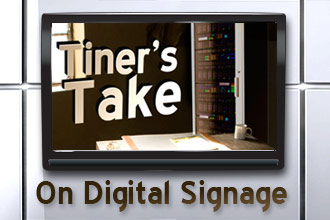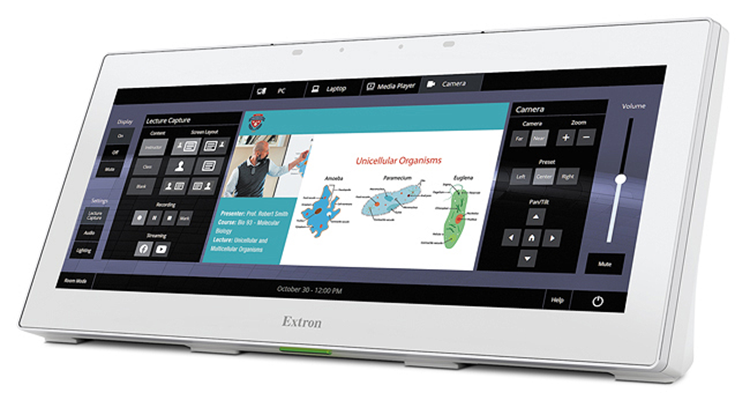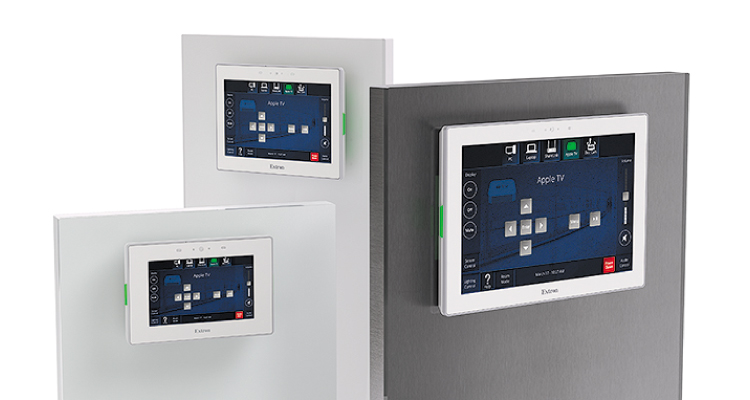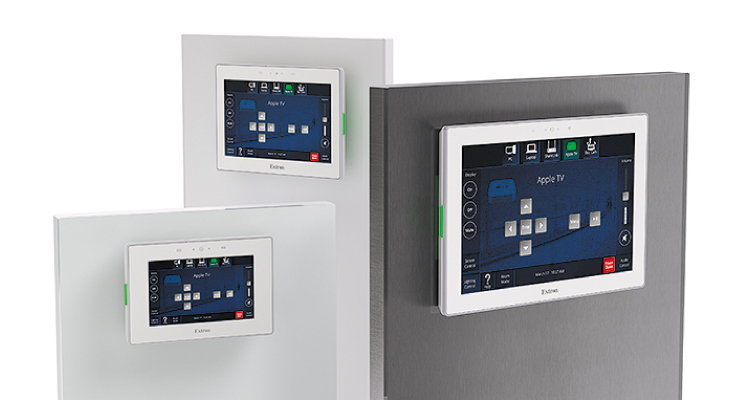A Digital Dining Experience
 Several columns ago, I wrote about my experiences with digital signage in a restaurant. This experience included the use of an iPad with a credit card scanner attached. I thought the concept in an airport was very interesting. People are in a rush in airports and may not have time to wait for a waiter to get to them.
Several columns ago, I wrote about my experiences with digital signage in a restaurant. This experience included the use of an iPad with a credit card scanner attached. I thought the concept in an airport was very interesting. People are in a rush in airports and may not have time to wait for a waiter to get to them.
Recently, we stopped at the Olive Garden in Augusta, Maine. I was very surprised to see that each table had a digital ordering system. I was not surprised by the technology, I have written about it more than once. I was surprised that the technology was being used in Augusta. Typically, Maine is one of the last places to get new technologies. Also, I was surprised to see it being put to use at the Olive Garden.
Let’s start with the technology at Olive Garden. I understand that the Olive Garden is a chain restaurant, and not typically considered fine dining. Yet, it is not a fast food restaurant, nor is it a bar or pub style restaurant. When people go to the Olive Garden, it is often for a dining experience that is a little more quiet and upscale than say, Applebee’s. People at the Olive Garden go there for some level of experience. This experience is first ruined by having the technology sitting on the table. The tablet was approximately the size of a 9-inch touch panel and was on a restaurant table that sits four people. That takes up a lot of space. Once you get a bowl of salad, breadsticks and plates, there is really no room for the device. I left it on our table for just long enough to be able to play with it a bit. The device allows you to order, pay your bill and even prints out a receipt when you are done. Additionally, it provides games that you can play while you wait for your food. None of these uses were particularly appealing to me. At a restaurant like the Olive Garden, I like having a waiter take my order and serve us. Typically, the customers are not putting down several beers and trying to get the waiter’s attention in order to order another, like may happen in a typical bar or pub style restaurant.
Additionally, as I mentioned, the thing is just TOO big. I asked our waiter to take the device away because it was simply in the way. It is clear to me that the Olive Garden is rolling out the technology in order to cut costs, rather than to add value to the customer.
So, what can a restaurant do that wants to cut costs and do it in a way that the customer will embrace? They need to provide value to the customer. This technology does not provide any extra value to the customer. There is no incentive for me to keep that technology on the table, or interact with it. In fact, quite the opposite. I am incentivized to have it removed. My first suggestion for a place like the Olive Garden is to have them stop providing the technology. People who are going to use such technology already have some in their pockets, in the form of a smartphone. With location services enabled, smartphone users can easily be notified that they are at a location that has an app available. They can download the app, and interact with the restaurant in the same way as the tabletop device. Now, using their own devices they can interact with a menu, get detailed information on dishes. This would provide value, especially to the many customers who now suffer from food allergies. Additionally, the restaurant would be able to collect data on the users and push information to them that could benefit the customer and the restaurant. They may know the customers favorites appetizers and offer them a discount in order to encourage an order being placed. Additionally, they could offer the opportunity for the customer to summons a waiter to the table. This is perhaps one of the biggest frustrations in a restaurant. You just got your food dropped off and the waiter has left, but now you need something. You may not see the waiter for several minutes. An option to ask the restaurant to send someone over would add significant value. Finally, payment is another issue that would add value to such a system. If the smartphone app was used, you will be able to pay immediately when finished. No waiting on the bill and then waiting for it to be run.
In the end, it is always about the customer and adding value in some form for the customer. Wise customers know when a location is asking you to do “their job” for them. Creative restaurants will find ways to add value to the customer, and lower their costs.





